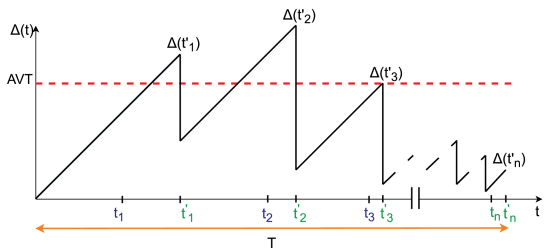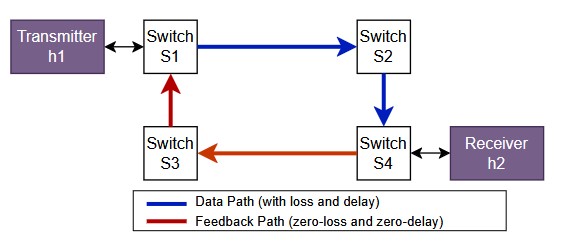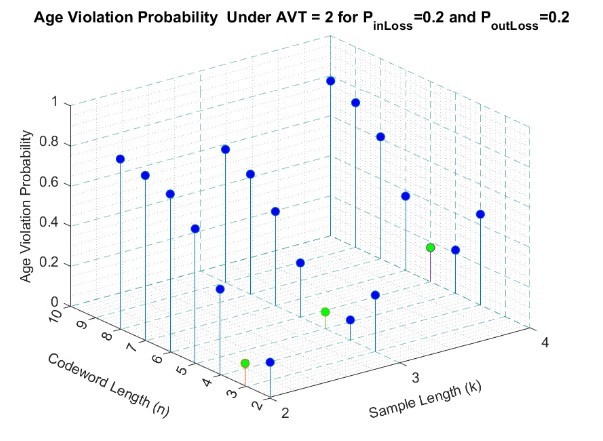A³L-FEC: Age-Aware Application Layer Forward Error Correction Flow Control
The growing prevalence of real-time and remote monitoring applications in cyber-physical systems, smart cities, and industrial automation has amplified the demand for timely and fresh information at the destination. Classical performance metrics such as throughput, latency, and jitter, while valuable, fall short in capturing the freshness of data—a concept more accurately measured by the Age of Information (AoI). AoI is defined as the time elapsed since the generation of the most recently received update and offers a holistic view of how current the information at the receiver is. Maintaining a low AoI is essential for time-critical applications where outdated data can lead to suboptimal or even hazardous decisions.

In this work, we propose A³L-FEC, a novel Age-Aware Application Layer Forward Error Correction (FEC)-based flow control algorithm designed to operate over UDP, focusing specifically on controlling peak AoI in dynamic and error-prone networks. Unlike traditional TCP-based congestion control or retransmission-based reliability schemes, A³L-FEC targets the timely delivery of useful updates by balancing transmission rate, redundancy, and delay, without relying on packet retransmissions that may worsen AoI in lossy environments. The core design principle of A³L-FEC is to minimize the probability of Age Violations, i.e., events where the peak AoI exceeds a predefined threshold critical for application performance.
The algorithm continuously monitors network feedback—such as inferred loss rates and delivery delays—and adjusts the data generation and encoding rates accordingly. It introduces adaptive FEC strategies, whereby redundant parity packets are injected into the stream in a way that allows the receiver to recover lost information proactively, reducing the need for delay-inducing feedback loops. Importantly, A³L-FEC is lightweight, stateless at the transport layer, and application-agnostic, making it highly suitable for real-time IoT applications, mobile edge computing, and delay-sensitive multi-hop wireless networks.

To evaluate its performance, A³L-FEC is implemented and tested under a variety of realistic network conditions using the Mininet-WiFi emulator for wireless topologies and MATLAB simulations for analytical validation. It is benchmarked against cutting-edge transport protocols, including TCP-BBR and Age Control Protocol Plus (ACP+), across metrics such as peak AoI, Age Violation frequency, throughput, and fairness. The results consistently demonstrate that A³L-FEC outperforms existing methods in scenarios with varying packet loss, link delays, and congestion levels, achieving superior freshness, lower age violation rates, and robust performance under tight latency constraints.


This work highlights the necessity and effectiveness of AoI-aware flow control mechanisms at the application layer, particularly in emerging scenarios where traditional network metrics are no longer sufficient to ensure quality of experience or system responsiveness. By explicitly optimizing for freshness and reliability through forward error correction and adaptive rate control, A³L-FEC provides a promising solution for future age-sensitive networked systems that require both agility and resilience.

